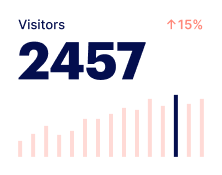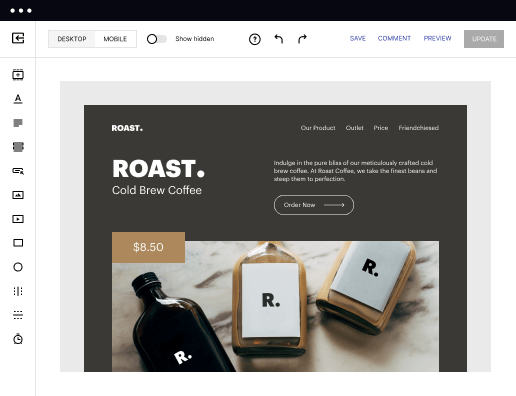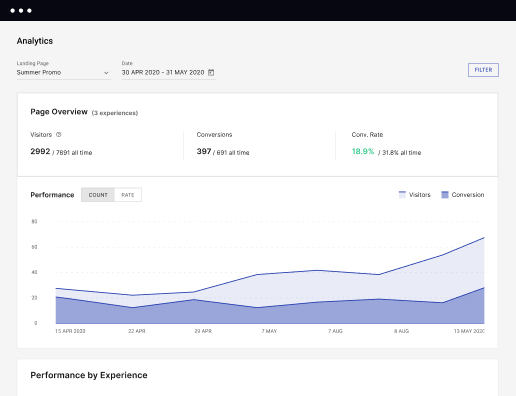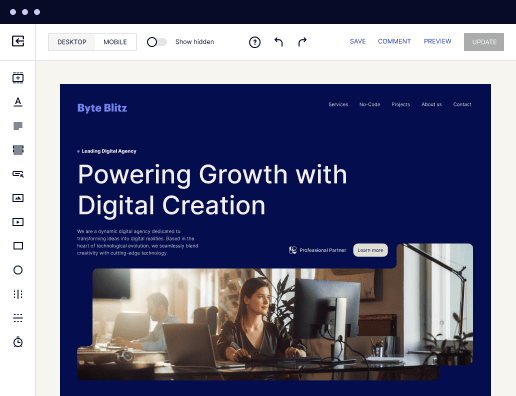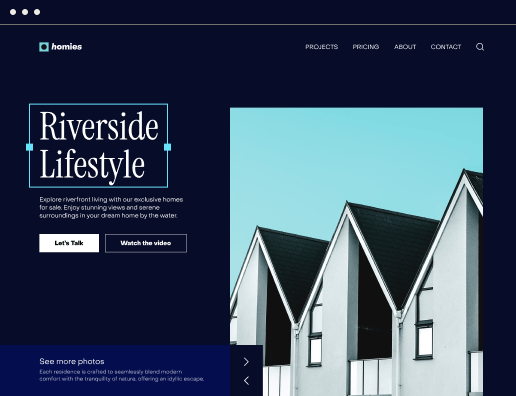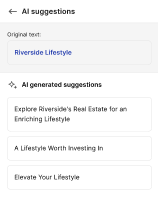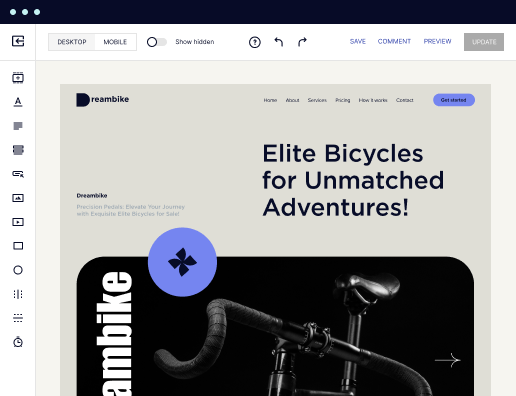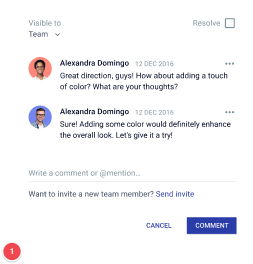Make your terms and conditions page designed for Windows Server
Instapage empowers you to reduce costs, increase conversions, and deliver meaningful experiences on Windows Server.
Creating Your Terms and Conditions Page on Windows Server
When managing a business online, a clear and effective terms and conditions page is crucial. Instapage's platform is designed to empower marketers in creating that essential page efficiently. From reducing costs to enhancing conversion rates, deploying impactful landing page experiences can significantly build trust and loyalty with customers.
Understanding the Importance of a Terms and Conditions Page
A terms and conditions page on Windows Server not only protects your business but also informs users about their rights and obligations. Having well-defined terms is vital for legal protection and helps manage customer expectations regarding services and products offered. Instapage allows users to create tailored landing pages that communicate these terms effectively.
- Legal protection: Clearly outlines a business's policies and protects against potential disputes. For example, it can detail how user data is handled.
- Customer trust: Transparent terms build confidence with users, making them more likely to choose your services.
- Regulatory compliance: Ensuring your terms align with applicable laws prevents legal challenges and penalties.
Step 1: Designing Your Terms and Conditions Page
To initiate the creation of your terms and conditions page on Windows Server, begin by outlining the key policies and details your business requires. Collaborate with legal experts to draft comprehensive content that aligns with your business model. Use Instapage’s simple page creation tools to easily draft this content.
Step 2: Personalizing Content for Your Audience
It’s essential to cater your terms and conditions content to your specific audience, particularly when dealing with diverse sectors like education and financial services. Personalization capabilities in Instapage, such as dynamic text replacement, allow you to communicate terms more effectively to targeted segments of your audience.
- Identify your audience: Understanding different segments of your target audience helps in tailoring the language and context.
- Use dynamic text: Adapt terms based on visitor location or segment, improving relevance.
- Test and iterate: Use feedback mechanisms to optimize the effectiveness of your terms and conditions page.
Step 3: Utilizing Optimization Tools
With your terms and conditions page drafted, leverage Instapage’s built-in experimentation features to ensure your page is optimized for conversions. Utilize heatmaps to analyze visitor engagement and A/B testing scenarios to find the most effective layout and content.
- Heatmap analysis: Understand which segments of your page attract attention and where users drop off.
- A/B testing: Experiment with different formats of legal language to see which best resonates with your audience.
- Analytics dashboard: Utilize performance metrics to measure the success of your terms and conditions in driving conversions.
Crafting your terms and conditions page is a strategic component of your marketing plan. By using Instapage, you create a user-friendly, engaging, and compliant page that effectively communicates with your audience.
Start your journey today by utilizing Instapage to make your terms and conditions clearer and more effective. Get started and convert visitors into loyal customers!
Get more out of Create your terms and conditions page on Windows Server
Improve your Quality Score with quick load technology for landing pages
Increase conversions with content that aligns with your ads and audiences
Achieve maximum ROI by scaling your marketing initiatives
Leading the way in building high-performing landing pages





FAQs
See how to create your terms and conditions page on windows server in action
Ready to skyrocket conversions?
Supercharge your ad campaigns with high-performing landing pages.
Get started
